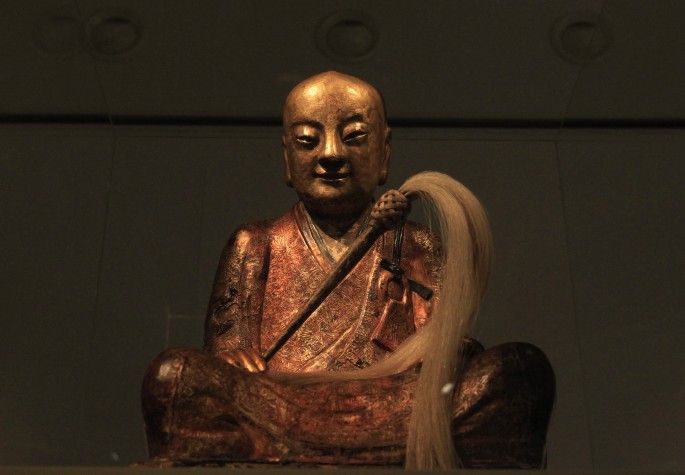In February of this year, the discovery of the remains of a 1,000-year-old mummified monk found inside an ancient Buddhist statue made headlines. It is the only known sample of such a practice, and the artifact is coming home to China.
The relic is owned by Dutch private collector Oscar van Overeem, who is willing to return the one-of-a-kind artifact to China. His identity became known through LinkedIn, a social networking site, where he publicly acknowledged that the statue is in his possession.
Through an interview conducted by the Beijing News via LinkedIn, van Overeem revealed that negotiations are underway. The Dutch collector has reached a tentative agreement with a Buddhist temple near Yangchun village, Fujian Province.
It is believed that the Buddhist statue holds the remains of Patriarch Zhanggong, formerly known as Zhang Qisan, a healer worshipped as an ancestor by locals in Yangchun village.
According to experts, Patriarch Zhanggong practiced self-mummification in the village during his lifetime, recorded to be during the Song Dynasty (960-1279).
For van Overeem, the statue deserves to be "incorporated in truly Buddhist surroundings." He decided to return it to its homeland to be worshipped by "those who love and appreciate [Patriarch Zhanggong]."
The Buddha statue's contents were first discovered in the 1990s, but experts were hesitant to remove the mummy due to the high risk of disintegration. A CAT scan conducted by a team of German, Dutch and Italian scientists this year revealed the mummified monk in detail.
According to German paleontologist Wilfrid Rosendahl, self-mummification was not an uncommon practice among monks.
"But to find a mummified monk inside a statue is really extraordinary. It's the only known example in the world," said the expert.
Oscar van Overeem came to be in possession of the unique Buddha statue in 1996 from a collector in Amsterdam. He bought it for 40,000 Dutch guilders ($20,544).



























